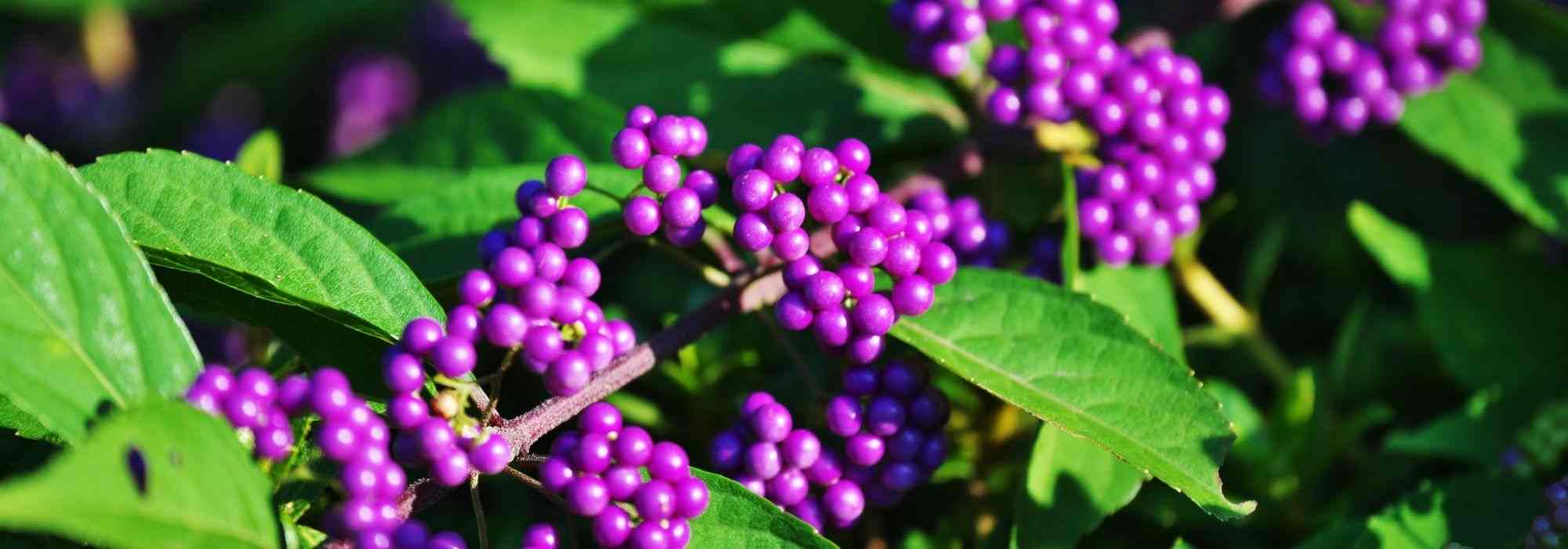
Toxic Berry Plants
These dangerous berries to keep away from children
Contents
If discovering nature is an integral part of children’s education, it must be done under the watchful eye of adults, as our environment harbours numerous potential dangers for little ones – who touch everything and constantly put their hands in their mouths.
Toxic plants are numerous, even in gardens. And those that produce small, colourful berries, sometimes resembling sweets, are particularly attractive to the youngest.
It is therefore recommended, if you have young children or regularly welcome them, to be aware of the toxicity of plants, in order to keep the most dangerous ones out of their reach and away from their play areas.
Teach them, moreover, to recognise plants or, at the very least, to exercise caution around them.
Let’s review some common plants with toxic berries to keep away from little ones.
Decorative but inedible berries
Callicarpa, Callicarpa bodinieri
Callicarpa is the quintessential candy tree with its clusters of intensely purple fruits that add a welcome splash of colour in autumn. It is primarily cultivated for this reason. However, its name is misleading as the berries are not edible.
Symphorines, Symphoricarpos albus and Symphoricarpos doorenboosii
Symphorines are discreet bushes known for their decorative white, sometimes pink, ball-shaped fruits that look stunning in the garden during winter, once most leaves have fallen. Children might mistake the berries for sweets. However, their saponin content makes them toxic if ingested, causing digestive issues in large quantities.
Nandina domestica
Also known as heavenly bamboo, Nandina domestica is a small bush with beautiful coloured foliage that is popular and found in many gardens. After the summer flowering, the plant is adorned with red berries that are toxic to humans, although some animals enjoy them.
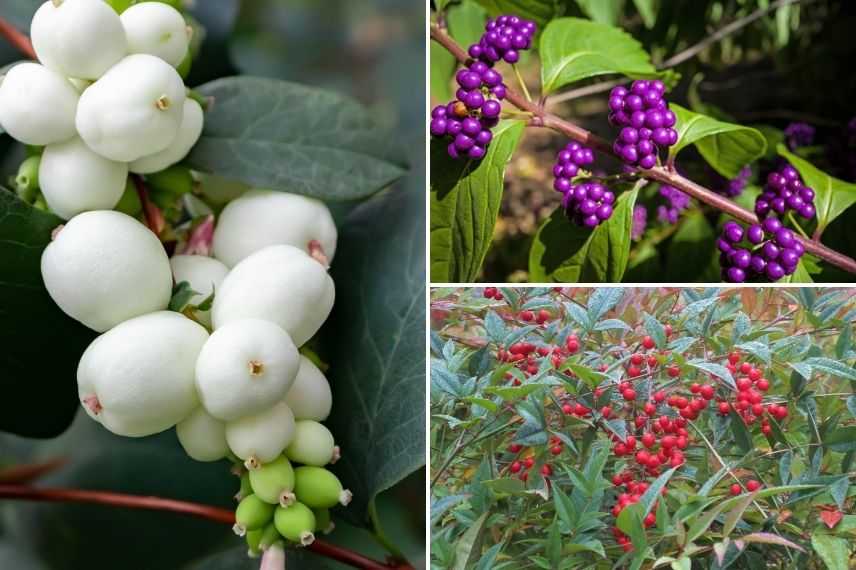
Symphoricarpos albus, Callicarpa bodinieri and Nandina domestica
Read also
8 toxic perennialsDigestive Toxicity of Berries
Honeysuckles, of the genus Lonicera
Many species of honeysuckles are found in gardens. The bushy species are said to be the most toxic, but one would need to consume around thirty berries for there to be a toxic risk, as eating 2 or 3 berries generally only leads to mild symptoms. The danger seems to be greater with green fruits.
Virginia creeper, Parthenocissus quinquefolia
This climbing and voluble plant is often used to adorn the facades of houses, which then turn red in autumn. Black berries, if ingested, could cause significant digestive issues for very young children.
Spotted arum, Arum maculatum
The spotted arum is a small plant commonly found in woodlands. The entire plant is toxic, and its red fruits at ripeness, clustered in tight spikes, are said to have a slightly sweet taste. Children tasting them could therefore risk ingesting several berries. However, poisoning is considered serious after ingesting 15 berries. The initial symptoms are oral, followed by digestive issues.
The Italian arum, Arum italicum, is also toxic, but the bitterness of its fruits would fortunately limit ingestion.
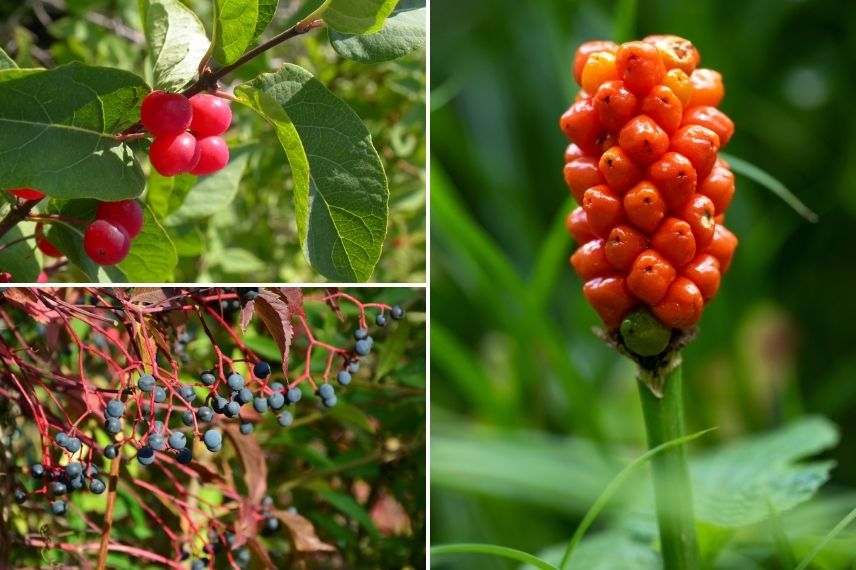
Lonicera tatarica ‘Hack’s Red’ (photo matt lavin), Parthenocissus quinquefolia and Arum maculatum
Berries with other toxicity
Mistletoe, Viscum album
Mistletoe is a parasitic plant that attaches to the branches of trees, making it difficult for children to access in the wild. The risk is particularly present during branch pruning and at the end of year festivities when the plant is brought into homes. Symptoms are generally digestive for a few berries swallowed. Beyond 10, symptoms become more severe and can affect the nervous and cardiovascular systems.
Intoxication can be serious in children. Fortunately, the viscous nature of the juice contained in the berry makes it unlikely that children would consume a large number of berries.
Holly, Ilex aquifolium
Holly is another festive plant that can cause poisoning in children from just a few berries ingested. Symptoms are primarily digestive. Neurological issues may arise from consuming around twenty berries.
Ivy, Hedera helix
Ivy is very common in gardens and in the wild. The plant can cause allergies, and its fruits are highly toxic. In children, poisoning can occur from ingesting just 2 or 3 berries. In severe cases, digestive issues may be accompanied by serious neurological disturbances, such as convulsions and coma.
Lily of the Valley, Convallaria majalis
This small flower, emblematic of 1st May, produces highly toxic fruits. The water in vases is equally dangerous. Care should be taken with young children who might be tempted to drink the water. In children, just 1 to 2 berries could cause cardiac issues in addition to digestive problems.
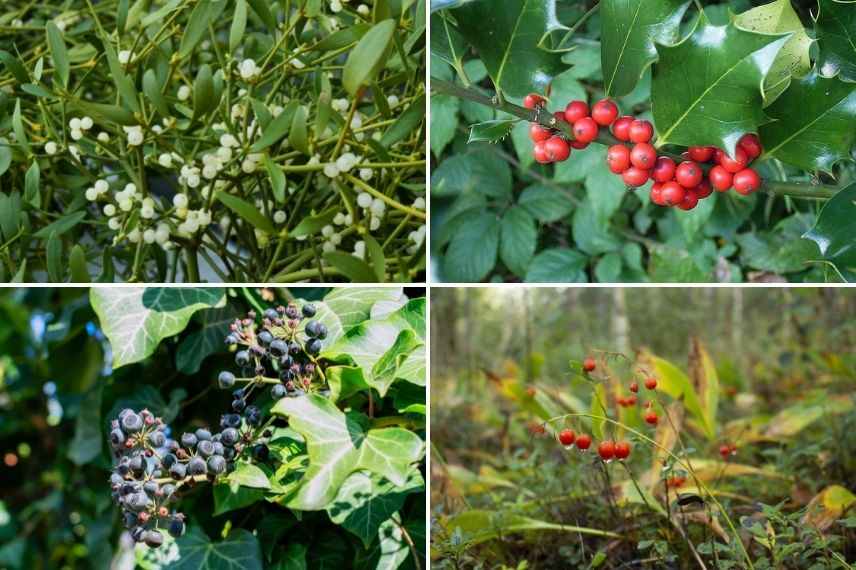 Fruits of mistletoe, holly, ivy, and lily of the valley
Fruits of mistletoe, holly, ivy, and lily of the valley
Yew, Taxus baccata
In yew, all parts of the plant are toxic except for the aril, the red pulp surrounding the seed.
The cardiotoxicity of the seed increases as it ripens and is very high if chewed. Fortunately, its strong bitterness limits this risk, and although the “berry” is attractive to young children, it is usually spat out quickly. In fact, most poisonings from this plant are intentional and involve adults.
Deadly Nightshade, Atropa belladonna
Deadly nightshade is a well-known but fortunately uncommon plant. It produces beautiful shiny black berries the size of cherries. The entire plant is toxic, but it is usually the berries that cause poisoning. Be cautious, as the toxic dose is very low for children! Ingesting 2 to 5 berries could be fatal and would require hospitalisation.
Black Nightshade, Solanum nigrum
Black nightshade is a very common herbaceous plant often found in neglected areas. It bears clusters of small black berries when ripe. Poisonings are caused by the ingestion of berries that are not quite ripe, due to the alkaloids that would then be present in the plant, which disappear as the berries ripen.
 Taxus baccata, Atropa belladonna, and Solanum nigrum
Taxus baccata, Atropa belladonna, and Solanum nigrum
- Subscribe!
- Contents
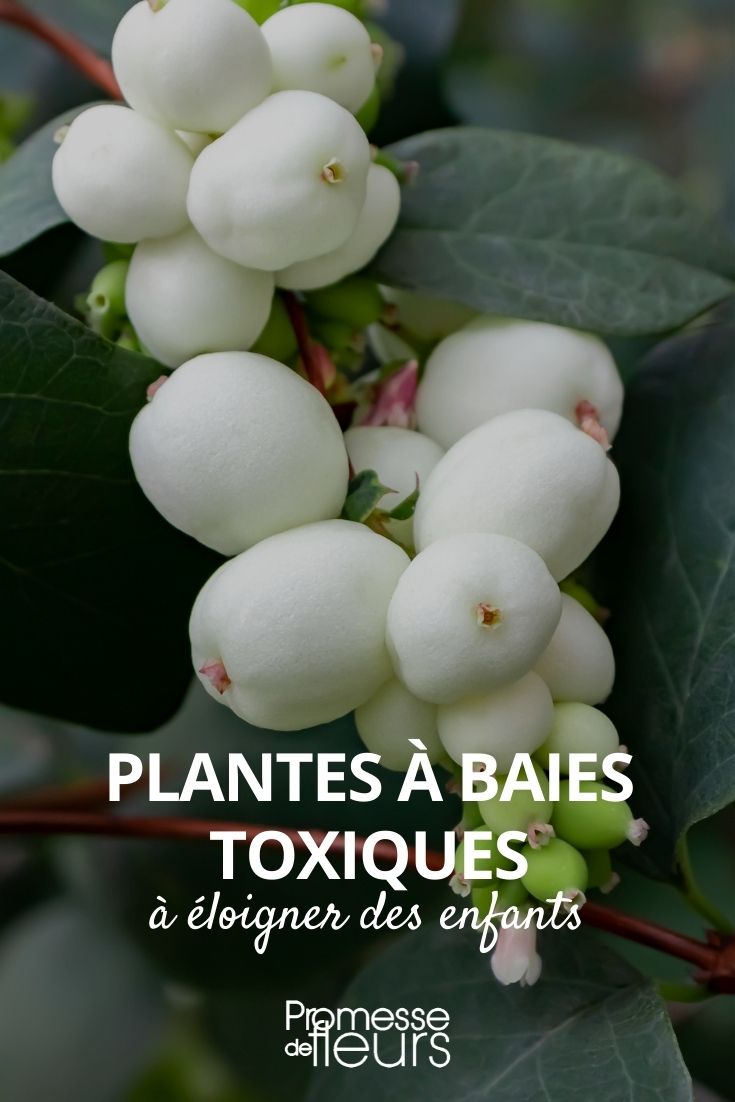































Comments